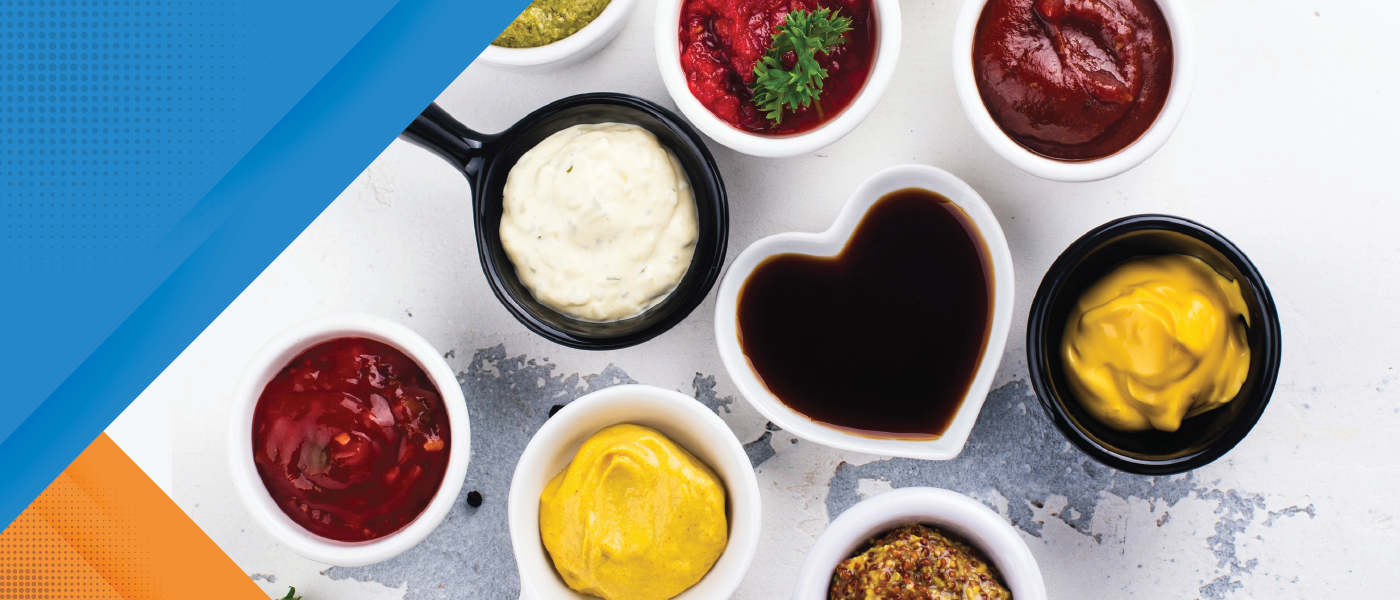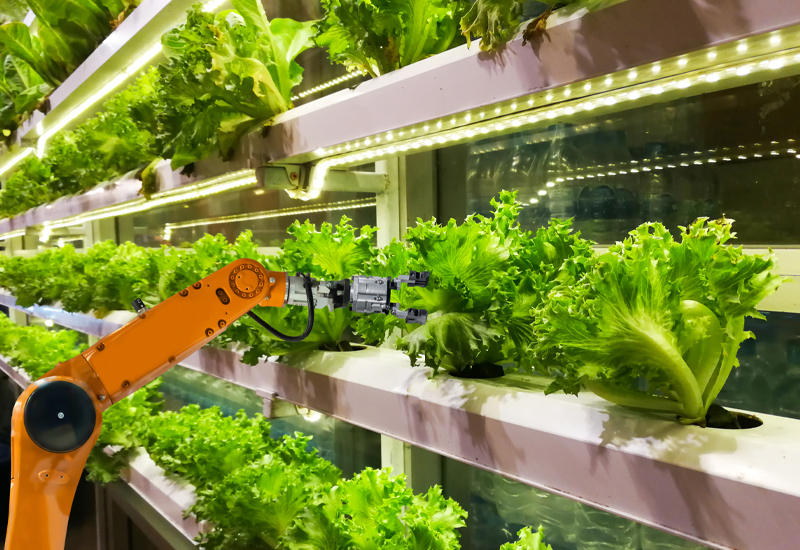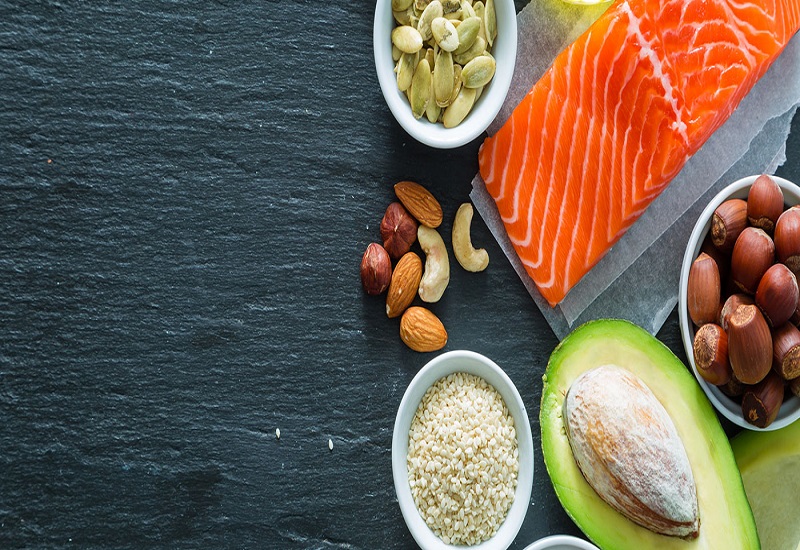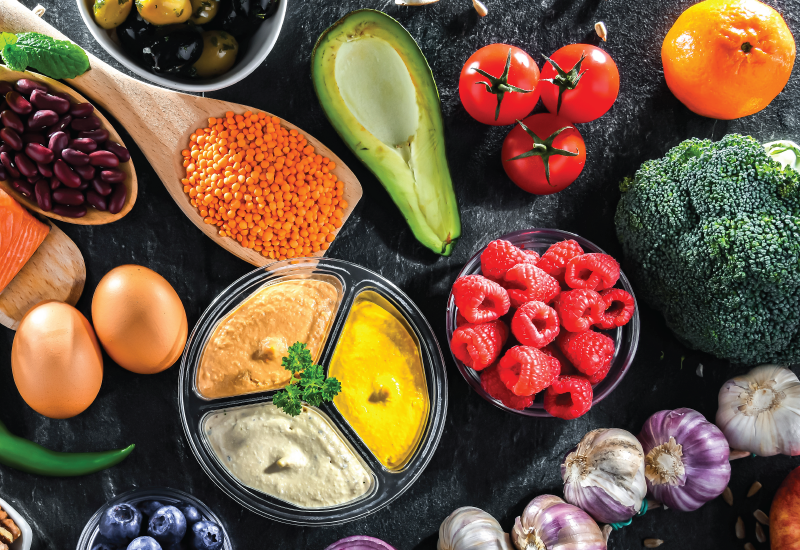






The inclination toward maintaining a professional look drives demand as employment experiences a resurgence after a decline due to COVID-19. Which fabric properties are prioritized by manufacturers? Read the analysis to know more.

Examine the key technology areas, major challenges, current business models, and a comparison between vertical and conventional agriculture practices. Also, explore the key regions, competitive environment, and recent investment activities.

Which investments are beneficial for module recycling? How do drivers and restraints impact volume and revenue growth? What are the new innovations, competitive intensity, revenues, and opportunities for fluorine-free backsheets?

Changes in Care Delivery Models
Over the past five years, there has been an expansion in care delivery models in healthcare. Traditional healthcare providers are a leading force in this change, expanding their footprint geographically and in the range of services offered. Health systems have merged or acquired standalone facilities, bought primary care practices, opened urgent care centers to expand their reach and provide a lower-cost alternative to emergency rooms for after-hours issues, and partnered with ambulatory surgery centers as more procedures move out of hospitals. During the pandemic, almost every healthcare provider offered virtual visits to continue seeing patients, and many added remote monitoring services and hospital at-home programs to better track patients with chronic conditions or better manage post-acute care recovery.
Schedule a dialog or email us at myfrost@frost.com to connect with an industry expert at no charge. We are taking unprecedented action to make our team available to help you cut through the media and politics to get factual one-to-one guidance for the issues and opportunities that matter most to your business.

Analyze how factors like convergence and product offerings drive growth
Read more Request Info
How will thinking beyond sustainability claims create a positive impact?
Read more Request Info
Examine how focusing on direct sales will trigger significant growth
Read more Request Info

How can formulators develop multi-functional additives and grow to new heights?
Read more Request Info
How will the emergence of eCommerce strengthen this sector and impel growth?
Read more Request Info
Analyze how growth challenges like fossil fuel consumption and waste can be addressed
Read more Request Info
Take an in-depth look into the growth drivers for different end-user segments in this sector
Read more Request InfoAccording to Frost & Sullivan’s most recent analysis, Global Emulsion Polymer Growth Opportunities, the expansion of the emulsion polymers sector (EPs) across industries is influenced by their growing use in end-use applications. While paints and coatings, paper, and packaging are the main verticals driving demand for EPs, acrylics and vinyl are key chemistries contributing to the sector’s total growth.
Read more
2022 marked another volatile year in the chemicals sector across the gulf cooperation council. While the sector witnessed a rebound in demand after the pandemic, new challenges emerged in the form of high raw material costs, geopolitical turbulences and continued supply chain disruptions.
Read more
The acceptance of cannabidiol (CBD) as an ingredient for supplements, food and beverages (F&B), and personal care products attracts the participation of large companies in the CBD sector. Frost & Sullivan’s recent analysis, Global CBD Ingredients Growth Opportunities, finds that the global developments in legalizing CBD and scientific analysis supporting its benefits to human health will inflate demand for CBD ingredients. The global segment for CBD is expected to reach $4.09 billion by 2030 from $1.80 billion in 2021, registering impressive expansion at a compound annual growth rate (CAGR) of 9.5%.
Frost & Sullivan’s recent analysis, Global Medical Food Growth Opportunities, finds that the rising consumer awareness about the importance of nutrition in disease treatment and patients’ recovery pushes medical food product formulators to launch innovative products. The global segment for medical food ingredients is expected to garner $7.73 billion in revenue by 2030 from $5.77 billion in 2021, an uptick at a compound annual growth rate (CAGR) of 3.3%.
Frost & Sullivan’s recent analysis, Global Halal Economy Growth Opportunities, finds that the halal economy is experiencing an upward curve as the demand for halal products from Muslims and non-Muslim nations increases. The main factors driving the halal sector are favorable population demographics, government policies, and private sector initiatives. Growing non-Muslim demand for halal foods will be driven by its association with safe and healthy eating, while halal fashion and tourism should also find increasing acceptance among more conservative non-Muslim consumers. The sector for the global halal economy will likely witness impressive growth, reaching $4.96 trillion by 2030 from $2.30 trillion in 2020.